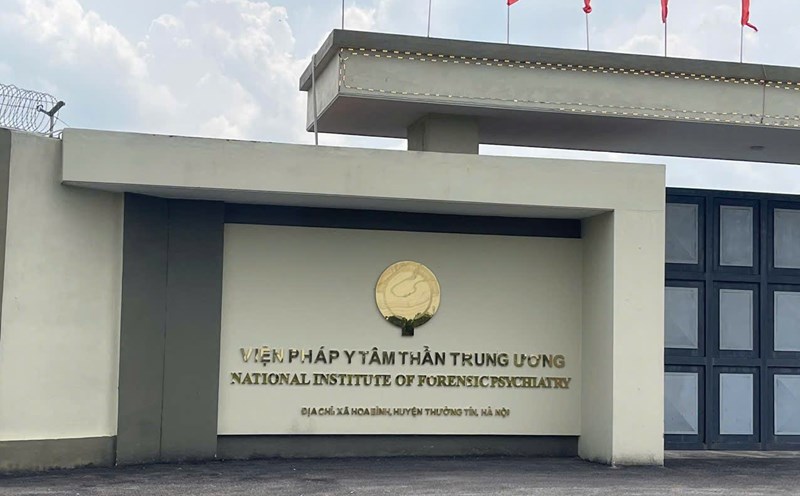The newly discovered ancient Egyptian tomb belongs to senior officials in the Dra Abu el-Naga cemetery, in the city of Luxor in southern Egypt.
These new discoveries date back to the New Kingdom period (150 BC). Through the self-curated documents inside, archaeologists determined the names and titles of the owners of the tombs.
Mohamed Ismail Khaled, general secretary of the Supreme Council for Archaeology in Egypt, said that further research on other engravings is needed to better understand the lineages of the owners of ancient tombs.
The Egyptian Ministry of Tourism and Antiquities has released images of antiques found in ancient tombs, including artifacts and statues.
One of the three ancient tombs discovered belongs to Amum-em-Ipet, which date back to the Ramesside period. The remaining two tombs date back to the 18th Dynasty, one belonging to a man named Baki and the other belonging to a man named S.
Baki was a rice warehouse supervisor, while S was a supervisor at the temple of the god Amun, and was also the secretary and principal of the northern islands.
Egyptian Minister of Tourism and Antiquities Sherif Fathir described this as an important scientific and archaeological achievement of the country. Mr. Fathir also emphasized that archaeology is a field that is expected to make a great contribution to Egypt's cultural tourism industry.







